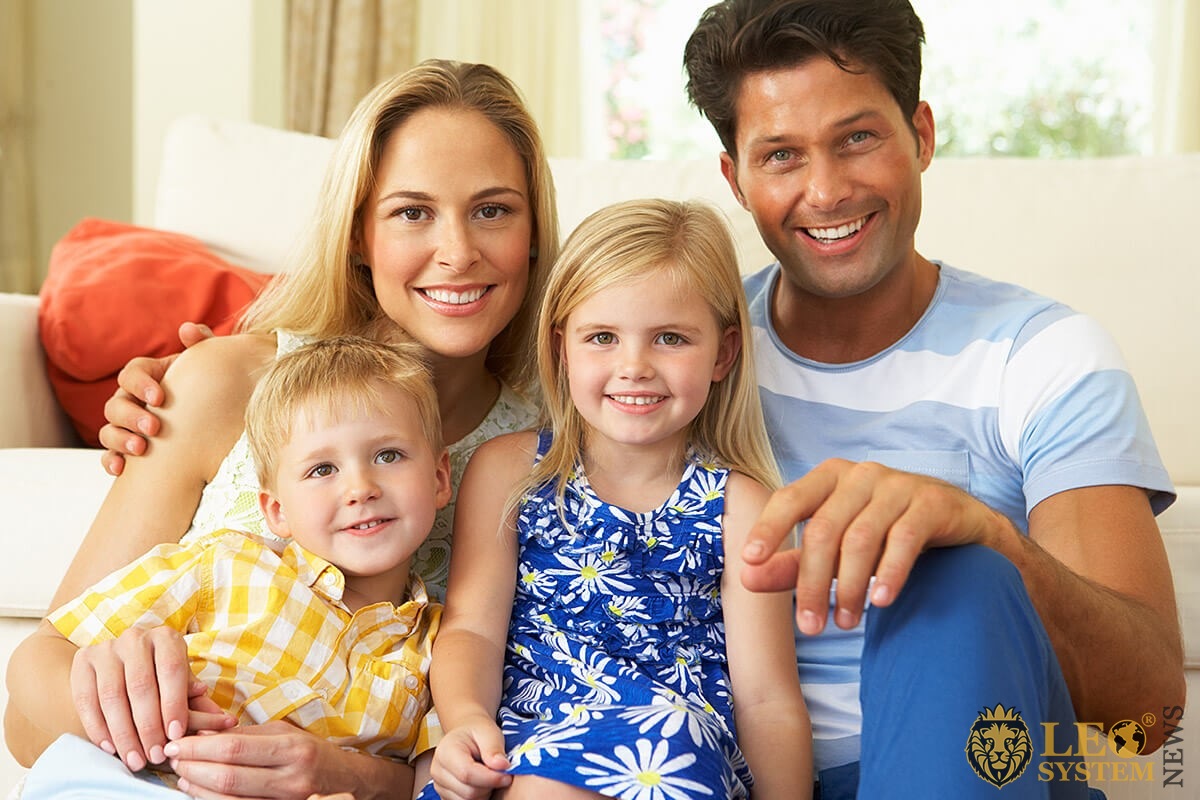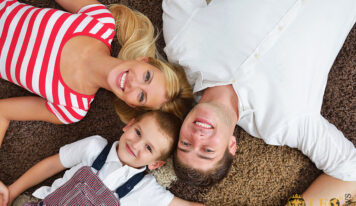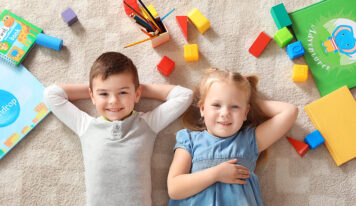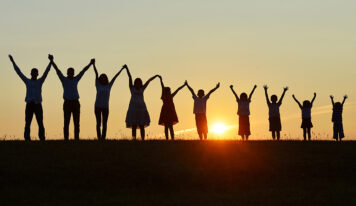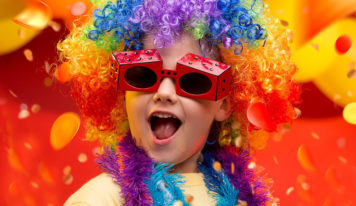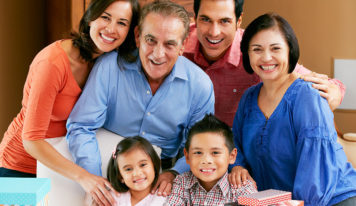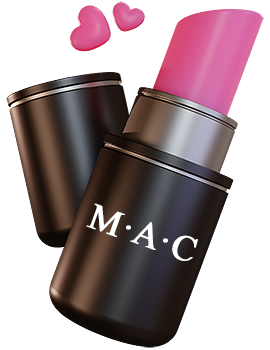As a parent, it is essential to understand Age stages of child-rearing and how your child will develop over the first 12 years. Your child will grow through various stages, and this article describes the first changes that will occur.
It is important to remember, though, that this can only be a guide, and you should not get alarmed if your child does not follow these guidelines exactly. If you have concerns, you should consult your doctor.
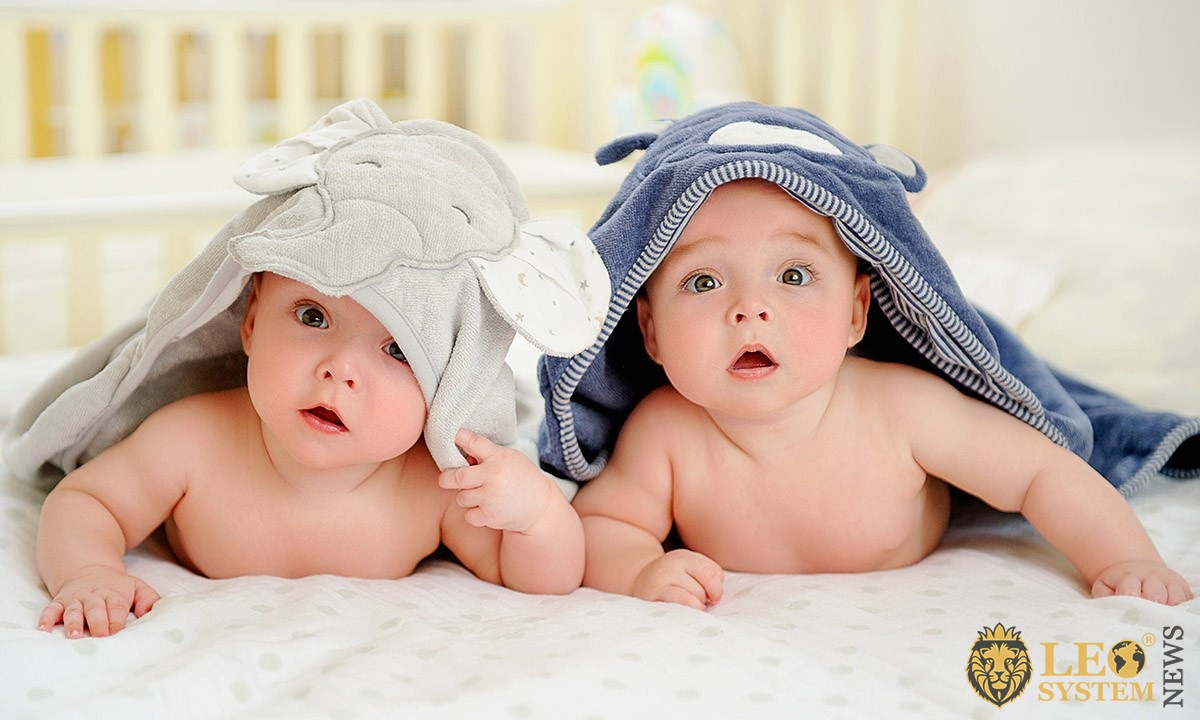
Newborn.
Physical.
In the first few days of life, your baby will typically drop in weight, but then will start to gain weight again in the first two weeks. They will then gain about one ounce each day. They should gain about one inch in the first month.
Your baby will sleep around 16 hours a day. When it does move, most movements are involuntary, just reflexes.
An example of this type of reflex is the Root reflex: When the baby’s cheek is stroked (near the mouth), the baby will and turn towards the stroking and open his or her mouth.
Speech.
At this age, the only way a baby can communicate is by crying. In the beginning, all the cries sound the same, but parents quickly start to distinguish between different sorts of calls.
Understanding.
Baby will be startled by noises, look at faces, and pictures with black and white images. Just the first smiles might start to form, especially when asleep.
1 to 3 Months.
Physical.
The average (not all babies are the same) will be a gain of 1.5 to 2 lbs a month. They will continue to grow in height by about one inch a month.
Speech.
Every child develops speech at their own rate, but you may hear the child making a greater variety of sounds. Types of cries will be much easier to identify.
Understanding.
Baby’s awareness of the world starts to grow at this age, and your child will know your voice. It will smile in response.
4 to 6 Months.
Physical.
By the time the baby has reached four to five months, it will have doubled birth weight. It should be balancing its head much better. When you hold the baby upright, it will start to try and support its weight with his or her legs.
Speech.
The child will try to imitate sounds and chatter to themselves. It will coo and make gurgling sounds in response to toys or when you talk to it. My six months, it begins to make single syllable sounds, ma, da, ba, etc.
Understanding.
Baby has become much more social and will interact with people other than parents. May hold out arms, so it can be picked up. He or she may start to recognize its name. It may understand the word “no.”
7 to 9 Months.
Physical.
You should see approximately one pound gained every month. The baby should be able to roll over from front to back and back to front. Baby will get on his or her hands and feet and rock back and forward. The child may scoot, crawl, or creep. It will move backward at first, but then with move forward later. Can play peek-a-boo, and grasp objects with two hands.
Speech.
It may (not always) add syllables together (mama, dada) and make other vowel sounds. Repeats some sounds.
Understanding.
Baby will respond to his or her name and understand “no” and will pay attention to conversations. It starts to understand some words. It will favor its mother over others. He is nervous of strangers.
10 to 12 Months.
Physical.
He or she grows in height at inch per month. The child can now pull up to a standing position and can sit back down again. He or she may wander around the room, holding on to furniture. It can stand by furniture without using hands. The baby may walk, holding on to your finger. Can play ball, drink from a cup with a spout, and eat finger foods. It will take two naps a day and may sleep up to twelve hours, but may wake at night and look for parents.
Speech.
It can say mama and dada and identify these people.
Understanding.
They are not yet sure that the mother will come back when she goes and is much more aware of other people. Baby is curious and wants to explore, and enjoys dropping things for others to pick up. It may wave bye-bye.
1 Year.
Physical.
Baby is now a toddler, and growth slows down. The toddler may walk alone by 15 months (they all are different). He or she can sit on a small chair or stool. Climbs stairs while holding on, and can build brick towers. First, back teeth appear and can drink well from a cup.
Speech.
The toddler can now imitate animal noises, say four-word sequences, this grows to fifteen at 18 months. By around 18 months, the toddler will devise simple sentences knowing what they mean (like mommy up).
By two years, it should have a vocabulary of 100 words.
Understanding.
By 18 months, it should understand (one-step) questions like “where is the dog.” The toddler will understand cause and effect connections. He or she will recognize his or her face in the mirror. The child may ask for parents to help by pointing.
2 Years.
Physical.
Then two years will start to develop and look less like a baby. Its growth continues to slow. The child can run and walk well, can jump but a little awkwardly, and can stand for a moment or two on one leg.
The child will begin to have control of its bladder and bowels, may sleep for ten to twelve hours a night.
Speech.
Speech is now becoming more precise, and the child should have a vocabulary of two hundred to three hundred words.
Understanding.
The child has now grasped the idea of possession and understands “mine.” It can tell its own age and name and will know if he or she is a boy or girl.
3 Years.
Physical.
Most children will have become slimmer and lost the rounded look of a toddler. By this age, children will vary in height. If worried, speak to your doctor.
The child can efficiently run and jump, walk upstairs alone, ride a sit-on-toy, and wash his or her hands. The child can stand on tiptoes, dress, and undress itself (not buttons or laces).
Speech.
Your child should now have a vocabulary of between five hundred and nine hundred words and speak sentences of four-word sentences. He or she will refer to themselves by using its name.
Understanding.
The child can now understand size differences and understand the concept of past-tense. The child will now have reached that age where it is always asking why. The child will develop fears, for example, Monsters.
4 to 5 Years.
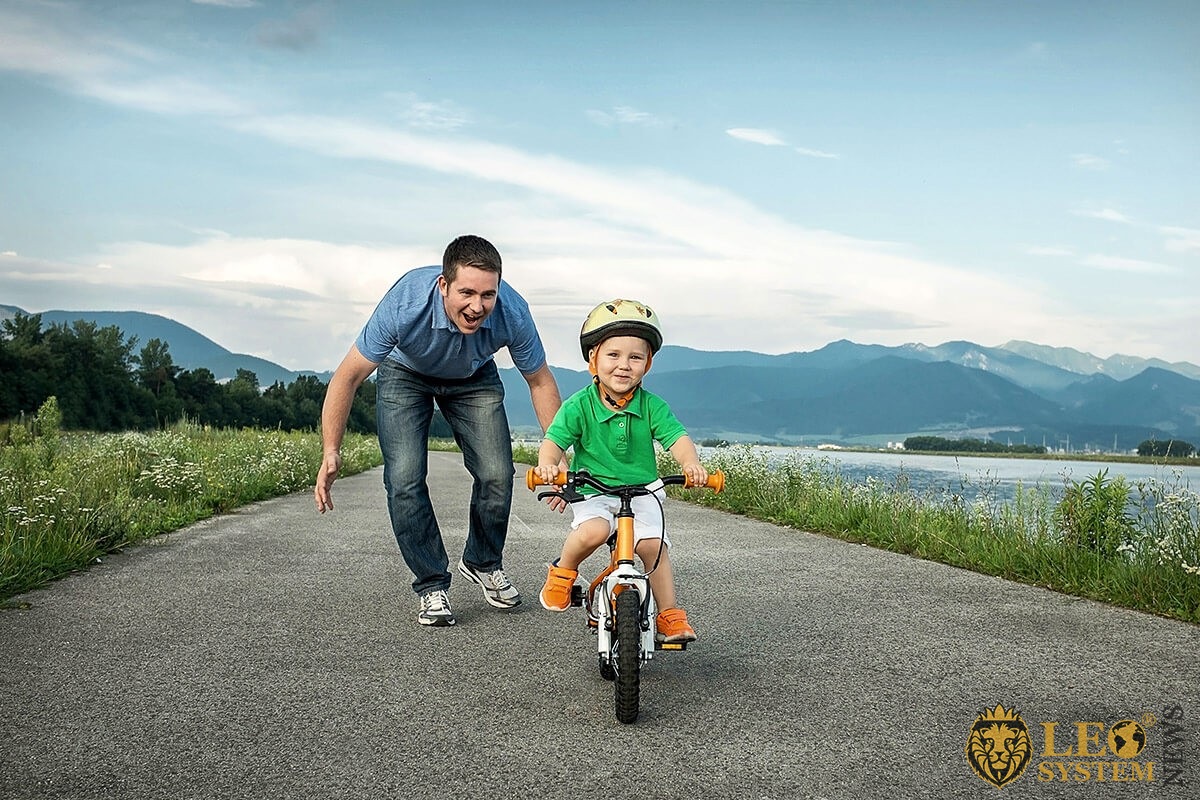
Physical.
Your child should now be able to sing a song, skip and hop, and understand fantasy and reality. Can catch a ball and throws overhand.
Speech.
Will always be asking questions and can put eight words together into a sentence.
Understanding.
The child can become selfish and does not want to share. Can name coins and money, and will know four or more colors.
6 to 12 Years.
Physical.
The child will keep busy and enjoys a variety of activities. May lose the first tooth, and it can jump ropes and ride a bicycle. The child can now use tools and can dress himself/herself.
Understanding.
By the time your child is 12; friends will be vital and may also have a best friend. The child will begin to show interest in the opposite gender. He or she begins to get modest about the body and will be interested in members of the opposite sex, but would never admit it.
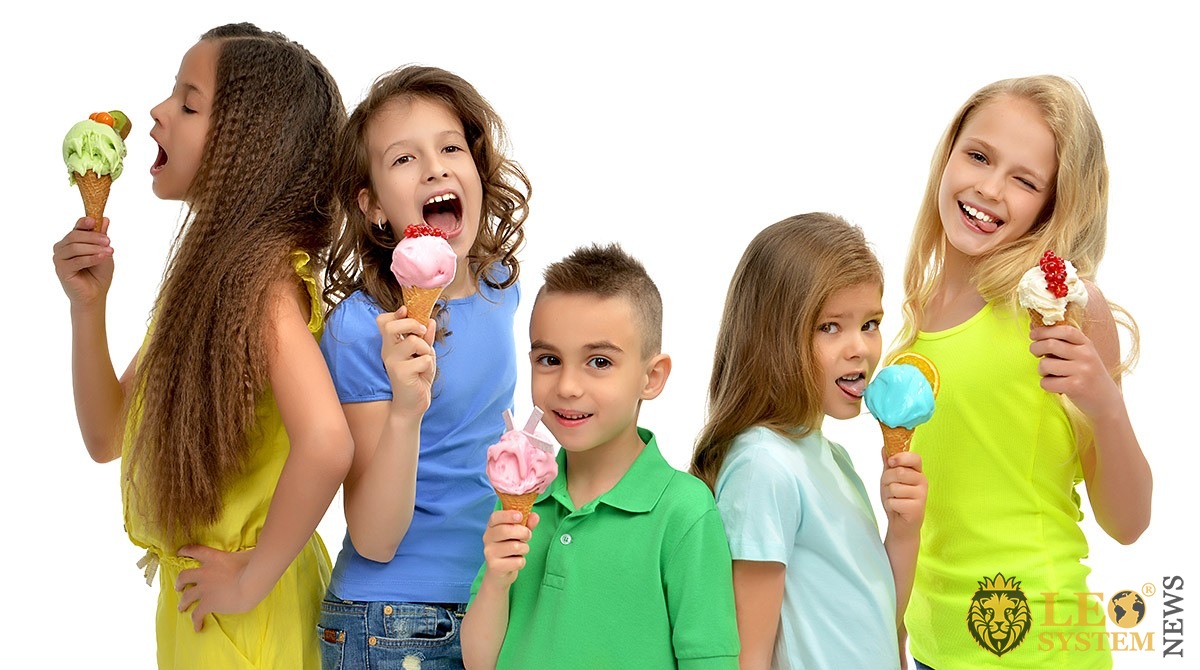
Well, at this stage, you now move onto being a parent to a teenager, the joys of the Age stages of child-rearing are over, and the difficulties of raising a teenager are upon you, and that is a different game. You will need to negotiate different relationships as they become more independent.
Read the article: 10 Tips How to Spend Time with The Child

















